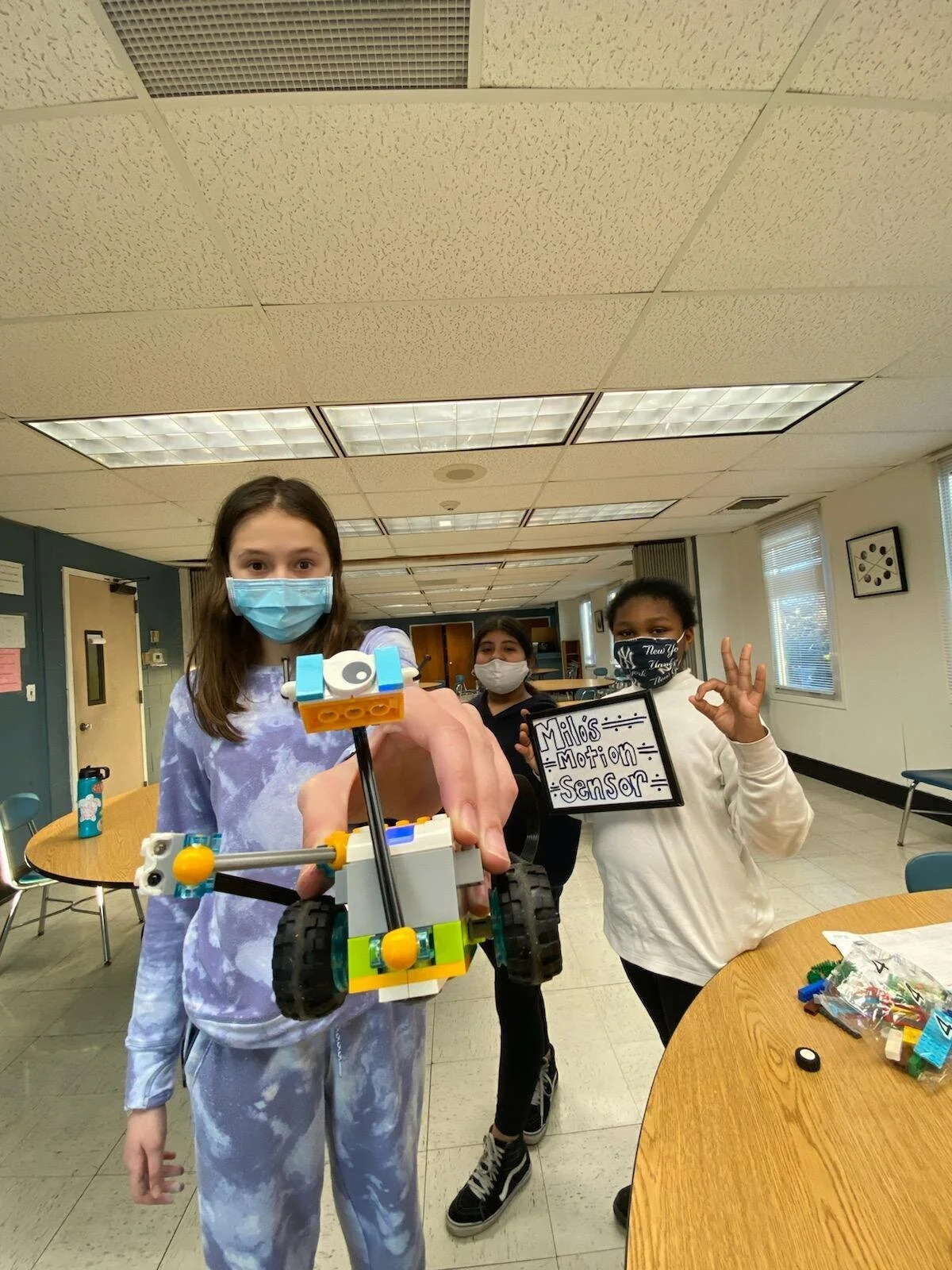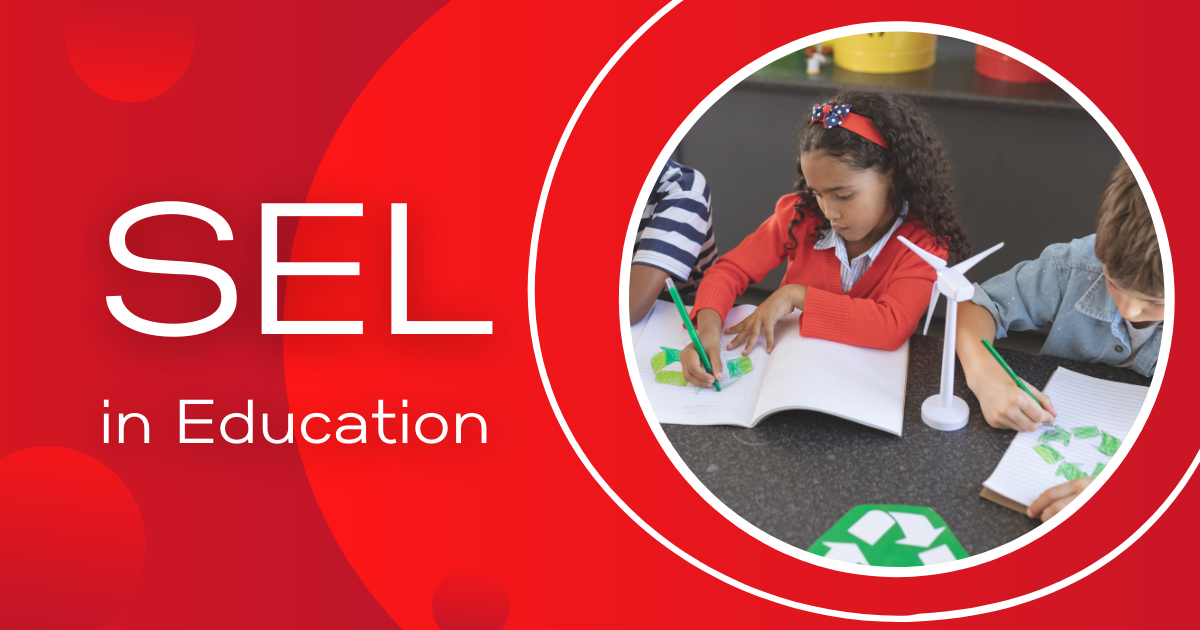At Carver, we talk about all different kinds of STEM learning, but that’s not the only element of 21st-century education. In addition to the key STEM skills students are going to need, they’re going to need to develop strong soft skills, like communication, collaboration, listening, and more as well.
Social Emotional Learning (SEL) is known as the process through which our students can acquire and apply the knowledge, attitudes, and skills they need in order to understand and manage their emotions. Through educational efforts geared at these types of practices, we can help students learn to set and establish goals, show empathy for others, and create positive relationships in the process.
A popular way of bringing STEM and SEL together is through the active use of robotics. These educational tools tend to create invaluable collaborative learning experiences for students and help them work on their problem-solving skills at the same time. While we don’t know exactly what the workforce of the future is going to look like, we do know that technology is going to play a huge part in it. In addition to tech skills, students are going to need social and emotional skills, but, ultimately, they’re going to need to pair them.
FIRST, the international robotics community awarded Carver one of its largest international grants this past year to address inequities in access to science and technology.
Carver’s FIRST robotics program operates in nine Norwalk elementary schools and the Carver Community Center. There are six to eight third and fourth graders per team. Certified teachers and volunteer mentors assist each team. Carver after-school students have participated in FIRST Lego League competitions for many years.
The more experience kids have with robotics, coding, and computers from an early age, the more prepared for the future they will be. Robotics learning offers kids the chance to see things they create develop right before their eyes and this kind of immediate feedback brings with it a sense of authentic satisfaction.
Robotics also helps kids start to be able to recognize patterns, work together, communicate effectively (with the technology and with their peers), and build problem-solving skills. While these are the experiences that help them develop a foundation of computational thinking, they’re also very much related to their social-emotional development.
It is quite common for students to experience significant social-emotional growth through the use of robotics. This can start to materialize very early on in a child’s life -- as soon as kindergarten or first grade. Using robotics collaboratively helps kids realize the importance of simple but important concepts, like sharing and teamwork, ultimately preparing them to take the next step forward.
Like in all facets of student development, the formation of strong social and emotional skills starts with building a strong foundation. Robotics involves a lot of problem-solving and good amounts of trial and error and failure. Experiencing adversity when learning is a good way for kids to build up their resilience, which is a key social-emotional trait.
Students should start to try overcoming hiccups on their own rather than relying on assistance from others. Oftentimes, struggling to find solutions leads kids to work with their peers, which -- you guessed it -- helps them develop their communication skills at the same time they’re working on their problem-solving skills. In an ideal world, this troubleshooting and communication will lead to favorable results for students. It is then that they are truly able to recognize their SEL development thanks to the experiences they’ve gone through and the bumps in the road they faced and overcame.




